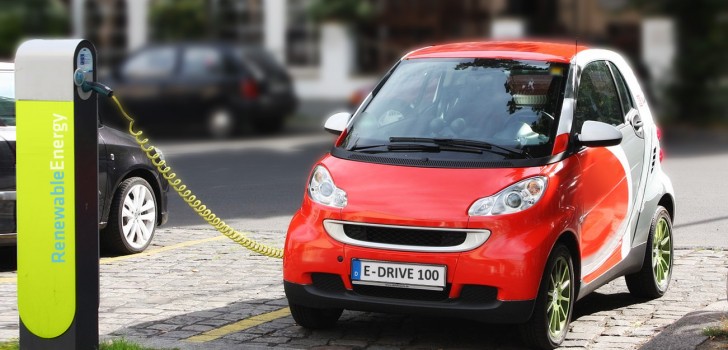A sleek new vehicle that is accompanied by a small modern house has been created at the Oak Ridge National Laboratory by the United States Department of Energy.
The vehicle resembles a rugged jeep, while the house is like a modern mobile home. They both share the same power grid, as the home will essentially be able to power the vehicle. Both were created using the world’s largest 3D printer.
The process of powering the vehicle is known as Additive Manufacturing Integrated Energy, or AMIE. It uses a micro-grid with two storage batteries, connecting the home and the vehicle. The house uses solar panels to charge a battery. When the automobile ventures out, it uses a small amount of natural gas to charge its own battery, which then activates its electric motors.Once the vehicle returns to the house, it uses a wireless charging station located within the house to power-up.
Plus, there’s no need to worry if a rainy day prevented the solar panels from obtaining power, as the batteries of the automobile can power the house and charge its reserve batteries. Furthermore, both the house and the vehicle can be connected to a public power grid to receive a charge.
The vehicle was revealed in September at a renewable energy event which was held at the Oak Ridge National Laboratory. The body of the vehicle is constructed from carbon fiber that is reinforced by ABS plastic material, and it takes about 20 hours to 3D print. The design resembles that of a rugged military Jeep. Scientists at the laboratory hope to improve its design in the future.
ORNL R&D Staff Member Scott Curran says, “The vehicle design was focused around a robust research platform. In the near future, ORNL will be investigating the use of external combustion engines, particularly Stirling engines, which can produce electricity from any fuel source.”
Currently, the vehicle has top speed of 60 miles per hour and a range of 35 miles before it has to tap into reserve power. However, this could be improved in the future.
Meanwhile, the home contains all the amenities you would expect of a modem house. It has windows, insulation, solar panels on the roof, an electrical network and interior finishes. The home features specialized light and customizable appliances. It is constructed using mostly the same ABS plastic material that is used to construct the body of the automobile.
The home also contains a micro-kitchen, which includes a sink, refrigerator, oven, stovetop and dishwasher. There is also a built-in bed and a touchscreen console to control the home’s AC and power consumption. The design of the home was created by an architectural team from Skidmore, Owings and Merrill, while numerous technology companies helped to develop the home’s amenities.
Even though it will be awhile before the home and vehicle combination is available to the public, it is amazing new technology that looks to be extremely promising.
Stay Connected